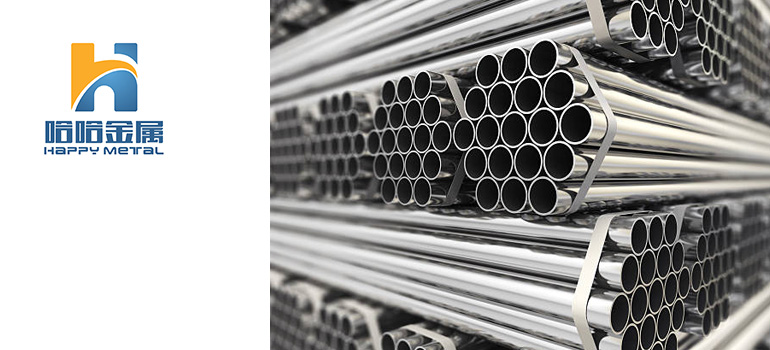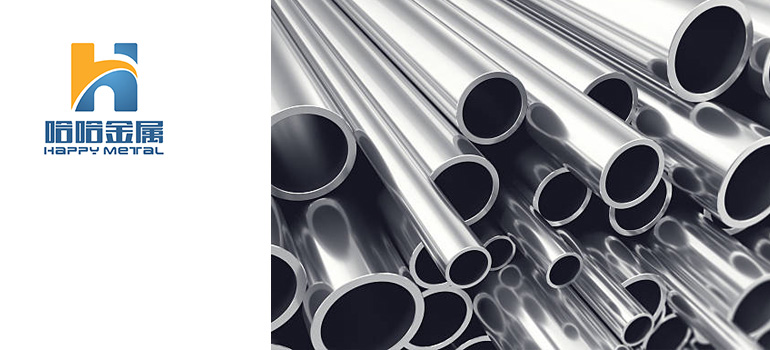Summary:
What is the difference between carbon steel and stainless steel?
What’s carbon steel?
Types of carbon steel?
What is stainless steel?
Types of stainless steel?
Carbon steel vs stainless steel
Carbon steel or stainless steel :which one is better?

There is steel in almost everything, from the smallest items like kitchen knives to mega-size things like airplanes and skyscrapers. And that’s because it’s a versatile material that’s fit for various applications. Typically, steel is among the popular groups of metal alloys with diverse uses. But even so, most of us classify steel into two major classes, stainless steel and carbon steel.
It’s worth noting that these two materials have two things in common – carbon and steel. And the major contrasts come in their alloy composition. With that in mind, let’s learn about the contrasts between carbon steel and stainless steel:
What’s carbon steel?
Carbon steel is the most popular metal that’s commercialized across all industries in the entire world. Carbon steel is an alloy with two major components- carbon and steel. As the name indicates, this type of steel has more carbon content than other varieties. As such, it has a higher strength. Due to the stronger nature of carbon steel, they are used where the strength of the material is vital.
Types of carbon steel
It’s worth noting that there are several classes of carbon steel. And they are all rated according to the composition of carbon content. Therefore, each category is classified based on the total carbon content. On that note, the classes include:
- High Carbon Steel – e.g., AISI 440C, has between 0.6 and 1.25% carbon.
- Medium Carbon Steel – e.g., AISI 409, has between 0.25 and 0.6% carbon
- Low carbon steel – e.g., AISI 304, has less than 0.25% carbon
Well, these categories can help you understand the structure and physical properties of various carbon steels. Not to mention, they help manufacturers of this metal determine the best application of each form.
Low carbon steel: they are the most inexpensive type of carbon steel. And that’s because of their structural properties that include:
- Weldability
- Machinability
- Toughness
- High ductility
- Low hardness
As a result, they make great pieces of car parts and construction components like the I-beams.
High Carbon Steel: High Carbon steel on the other hand has unique properties that make them reliable for a specific application. For instance:
- They have remarkable toughness
- Low ductility, which means you cannot use them for welding purposes
- High resistance to wear
Due to their tough wear resistance and remarkable toughness, you will find this material in high-strength wires and cutting tools, among others.
Medium Carbon Steel: Medium carbon steel is relatively costly and they have the following structural properties:
- Can withstand wear and tear considerably
- Medium toughness
- medium ductility
- Medium strength
Owing to its properties, you will find it in various things including train wheels, train tracks, couplings, axles, gear, and shafts.
All types of carbon steel have one thing in common, and that’s poor resistance to low temperatures (under 32oF). They are also susceptible to corrosion and rust. In freezing conditions, this material will lose its ductility. In some cases, it may begin to crack and lose its structural integrity. However, this will only happen if it’s exposed to such conditions for a prolonged period.
Carbon steel production is done at the steel mills. The manufacturers can use virgin steel, recycled steel, or the two combined. The final product can come in various finishes including cold-rolled, hot-rolled, and galvanized.
What is stainless steel?
As the name states, this is a metal with impressive resistance to stains. Like its counterpart – carbon steel, stainless steel is an alloy as well. It’s a common material with various applications throughout the world. Oftentimes, it’s their resistance to corrosion that makes them reliable.
Its major components are iron and chromium. As such, you will find this material in tons of items including cable trays, food-grade products, water tubing, patio furniture, sinks, wire, and surgical instruments among others.
Types of stainless steel
Like carbon steel, there are several categories of stainless steel and they all depend on the chromium composition. Therefore, if you want a different grade, all it takes is increasing or decreasing the chromium percentage. Chromium helps protect this material from corrosion when it oxidizes. But besides it, other materials like titanium and nickel can be added to stainless steel to alter its properties and applications. On that note, here are its categories:
- Martensitic
- Ferritic
- Austenitic
Martensitic: They are least popular with poor corrosion resistance. They make grade 420 and 410 steel. Its properties include higher hardness, which makes them ideal for applications that require greater tensile strength.
Ferritic: they are popular due to their magnetization ability. Not to mention, they have lower nickel content, which makes them inexpensive. They make grade 434 and 430 steel. Last but not least, they have good resistance to pitting.
Austenitic: It’s the most common category with a higher concentration of chromium. As such, they make grade 316 and 304 steel with higher tensile strength and corrosion resistance.
Carbon steel vs. Stainless steel
Let’s have a look at the carbon steel,stainless steel pros and cons.
Stainless Steel
Pros
- Corrosion resistance
- Remarkable mechanical properties
- Low maintenance
- Friendly to the environment
- Economical
- Superior durability
- Modern look and feel
- Easy to clean
- Recyclable
- Repairable
Cons
- More expensive than their counterparts
- Prone to damage
- Higher density
- Their machines have poor efficiency
Carbon Steel
Pros
- Can achieve better resistance to wear and higher hardness through heat treatment
- Easy to obtain raw materials
- Good machinability
- Moderate strength
- Comes in various forms
- Easy to clean
- Low maintenance
- Durable material
Cons
- Poor adaptability to extreme temperature
- Low hardenability
Applications of stainless steel and carbon steel
Stainless Steel
- Vessel Manufacturing
- Tanker manufacturing
- Catering and food industry
- Medical technology
- Transportation and automotive industry
- Building trade
- Aircraft construction
Carbon Steel
- Low-carbon steel
- Food cans
- Bridge components
- Construction
- Pipes
- Structural shapes like the I-beams
- High-carbon steel
- Cutting tools
- Dies
- Springs
- Medium-carbon steel
- Machinery parts
- Railway tracks
- Train wheels
- Crankshaft
Carbon steel or Stainless steel: Which one is better?
It’s important to learn about carbon steel and stainless steel. Because this piece of information will be essential when you want to decide, which one to use. Speaking of that, there’s no better option between carbon stainless steel and stainless steel. That’s because each serves a unique purpose. Some applications favor stainless steel over carbon steel and vice versa is true.
If you are doing fabrication, both materials are easy to work with. Both can harden and make durable items. Not to mention, they can withstand chipping and cracking during fabrication. Finally, if you want a material with impressive strength and lifespan for mega projects like bridges, choose carbon steel. If you need material to construct corrosive-resistant products, stainless steel will do. Again, the need for both materials depends on the type of application.




